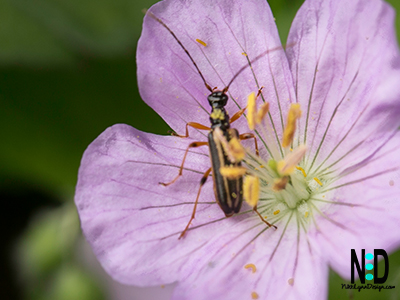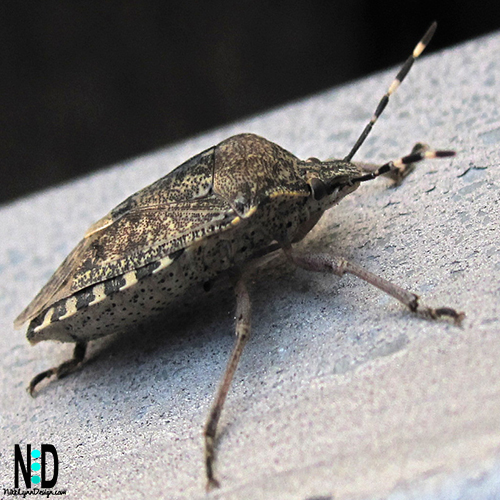Blister Beetle
A few of many beetles in the blister beetle family. The beetle is part of the Meloidae family, they are called blister beetles for a good reason.
In the vast tapestry of the insect kingdom, one group stands out for both its fascinating biology and occasional impact on human life – the blister beetles. These tiny marvels, belonging to the Meloidae family, hold secrets of chemical warfare, complex life cycles, and unexpected encounters. Join us as we delve into the captivating world of blister beetles, where beauty and caution intertwine.
Diverse Beauty
Blister beetles come in a stunning array of colors, sizes, and shapes, ranging from metallic greens to vibrant reds and blacks. Their aesthetic diversity often makes them a captivating subject for insect enthusiasts and researchers alike. Explore the kaleidoscope of nature as we unravel the visual wonders of these tiny creatures.
A Well-Deserved Name
You more than likely guessed how they got their name by now.
One of the most distinctive features of blister beetles is their production of cantharidin, a potent chemical that serves as a powerful defense mechanism. Cantharidin causes blistering on contact with skin, hence the name “blister beetle.”
The beetles are so-called because their juices cause blistering of the human skin, and when dried and powdered they were formerly much used by physicians for blistering. The beetle releases a secretion as a defense mechanism, the secretion causes blisters on animals and humans. There are about 7,500 species that are known worldwide and each looks differently.
What Do They Look Like?
They are soft-bodied beetles with a head prominent and attached to the thorax by a very distinct neck. The elytra are flexible and rounded posteriorly so that usually they do not cover the tip of the abdomen, while in some forms the wing-covers are quite short and the wings are lacking.

Our common species are about half an inch long, dull gray or blackish, often marked with yellow stripes, while others are of a brilliant metallic bronze, green, or blue. The adults often appear in immense swarms and ruin garden crops
The female beetle deposits from four to five hundred of her yellowish eggs in irregular masses in loose ground, and in about ten days there hatch from these eggs some ” very active, long-legged larvae, with huge heads and strong jaws, which run about everywhere seeking the eggs of locusts and grasshoppers. Which they devour in large numbers, and are quite beneficial despite the bad habits which they later acquire as adults.
How Does a Human Come in Contact?

The striped variety on wildflowers.
When heading through fields some people come into contact with them and have no idea why they are blistered later in the day.
It can, and does happen that the insects feel threatened. Thus leaving you blistered a few hours later.
Livestock Word of Caution
As a word of caution, sometimes, hay, and crops can be extremely toxic to horses and cattle that have an infestation with this or any additional blister beetle family member. There are cases in the Midwest of harvested feed crops, that crushed beetles have released the agent into the food source.
The toxin has caused blistering on horse and cattle mouths and inside the intestinal tract. An extreme number of beetles can be fatal to livestock.
Interesting little bugger, huh?. One that isn’t always a garden pest. But, certainly can be found in vegetable and flower gardens too.
Never know what critters I’ll run into on my walks with wildlife and gardening.
Related Posts
Cucumber Beetles
Tomato Pests
Goldenrod Soldier Beetle
So, the next time you come across a blister beetle, take a moment to appreciate the complex story it carries within its miniature frame—a story that adds another layer of richness to the enchanting narrative of the natural world.
AFFILIATE POLICY: Posts on this site may contain links to outside vendors that pay me a commission when you purchase from them, at no additional cost to you. Thank you for supporting this site!










